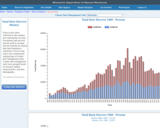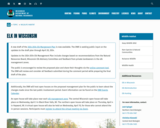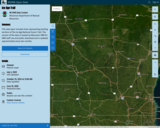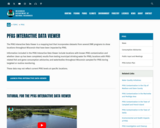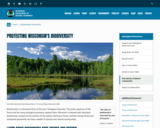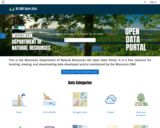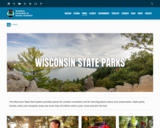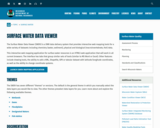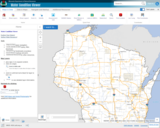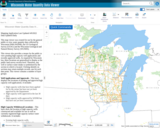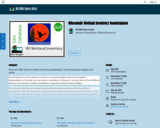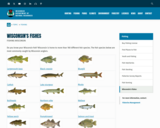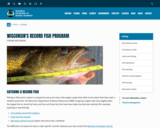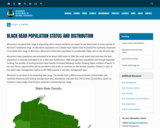
Wisconsin's occupied bear range is expanding, which means residents can expect to see black bears in areas outside of the bear's traditional range. An abundant population and suitable bear habitat have facilitated the southerly movement of occupied bear range in Wisconsin. Wisconsin's black bear population is considerably higher than it was 30 years ago.
Wisconsin's bear population was estimated to be about 9,000 bears in 1989. The most recent data indicates the bear population is currently estimated to be a little over 24,000 bears. DNR manages bear population size through regulated hunting. The number of hunting permits have steadily increased following studies showing higher numbers of bears. In the near future, opportunities will be provided to the public to comment on the desired numbers of bears in each of the state's bear management regions as the DNR prepares a new bear management plan.
Wisconsin is not alone in its expanding bear range. The results from a 2008 survey of eastern United States and Canadian Provinces that actively manage black bear populations indicated that 75% of these jurisdictions report an increase in bear range. Only Vermont reported a contracting bear range.
- Subject:
- Agriculture, Food and Natural Resources
- Biology
- Career and Technical Education
- Ecology
- Environmental Science
- Forestry and Agriculture
- Life Science
- Zoology
- Material Type:
- Data Set
- Diagram/Illustration
- Interactive
- Author:
- Wisconsin Department of Natural Resources
- Date Added:
- 04/21/2024
